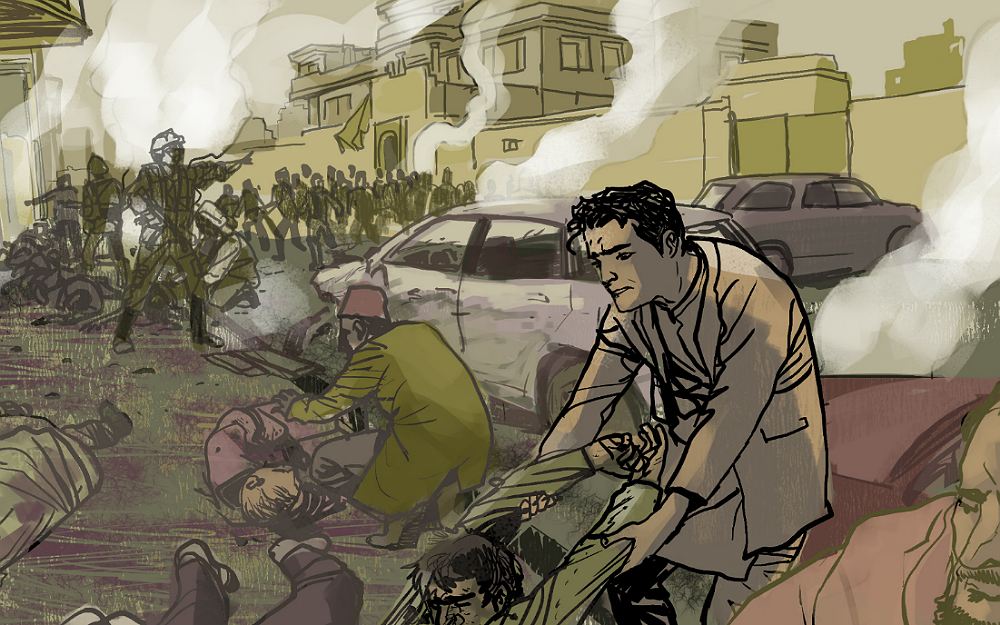
On April 22, 2018, a suicide bomber detonated an explosive charge near the doorway of a voter registration center in Kabul’s Shia-majority Dasht-e Barchi neighborhood, killing at least 57 people and injuring another 119. Meters away from the blast was “Arash,” a 27-year-old delivery driver and father to a 4-year-old son and 2-year-old daughter. Like many other bystanders, he rushed to the scene to try and help survivors. Instead, he ended up collecting the dead and their severed limbs: feet, hands
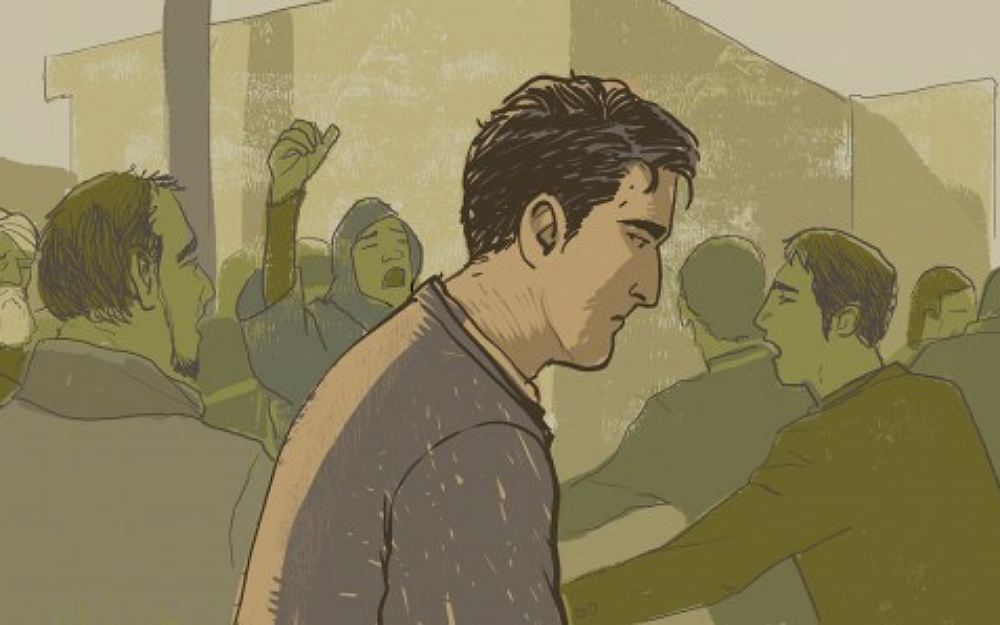
© 2019 John Holmes for Human Rights Watch
I did not forget a single moment of this attack – day or night,” he said, recalling how the attack changed his mood and behavior. “Before the attack, I could get angry, but not like this….But due to the economic problems, I just suffered on my own and did not go to the hospital. I just remembered every moment, until the next attack [I experienced”

The Afghan government is failing to provide sufficient psychosocial, or mental health, support to Afghans who have experienced traumatic events, Human Rights Watch said today. More than half the Afghan population, including many survivors of conflict-related violence, struggle with depression, anxiety, and post-traumatic stress, but fewer than 10 percent receive adequate psychosocial support from the state, according to government documents. The Afghan government and international donors should expand mental health services and outreach campaigns.
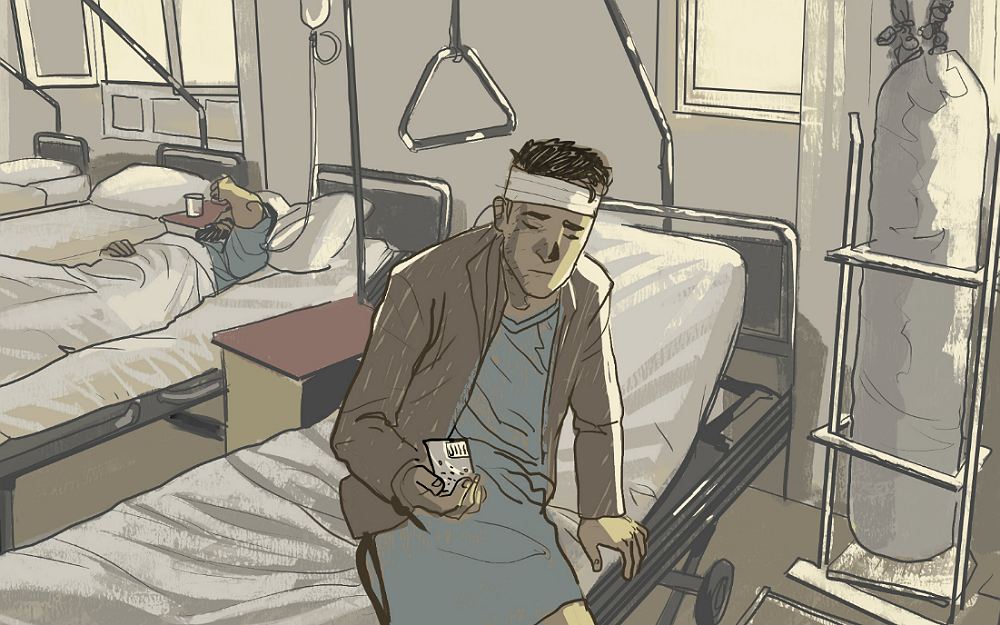
Unconscious, Arash was first taken to the Istiqlal, one of the largest public hospitals in the capital, and then to a surgical center for war victims run by Emergency, an Italian organization. Arash stayed at the hospital for one week, treated by foreign doctors and nurses. “When I was under treatment, I got medicine,” he said. “When I got discharged, I got a pocket of paracetamol tablets. No one asked me how I felt [mentally], all they did was a physical examination.”
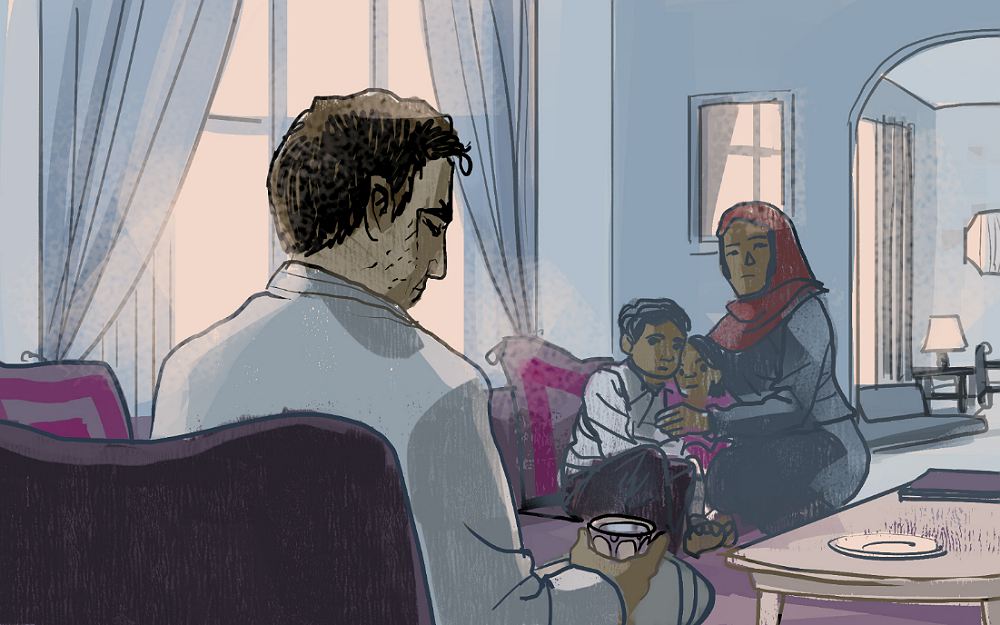
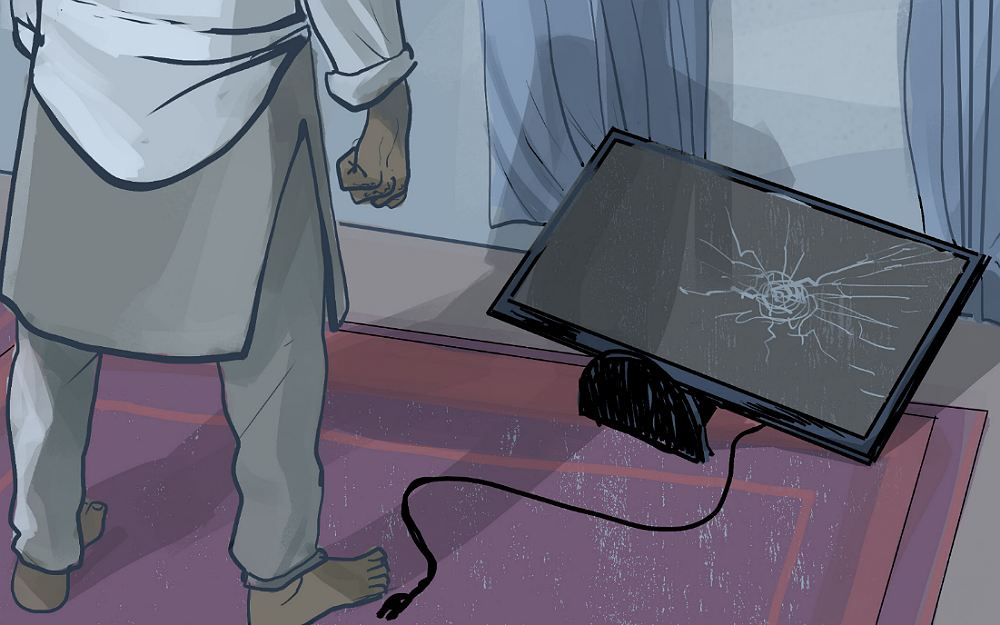
The April 2018 and March 2019 attacks had a significant impact on Arash’s psychological wellbeing and that of his entire family. “One day, my wife was not at home and I turned on the TV and didn’t like what I saw,” Arash said. “I was hearing that there was an attack and that the Taliban were gaining ground. So I punched the TV and broke it.” The incident was not?? the last in a series of angry outbursts that Arash attributed to the attacks.
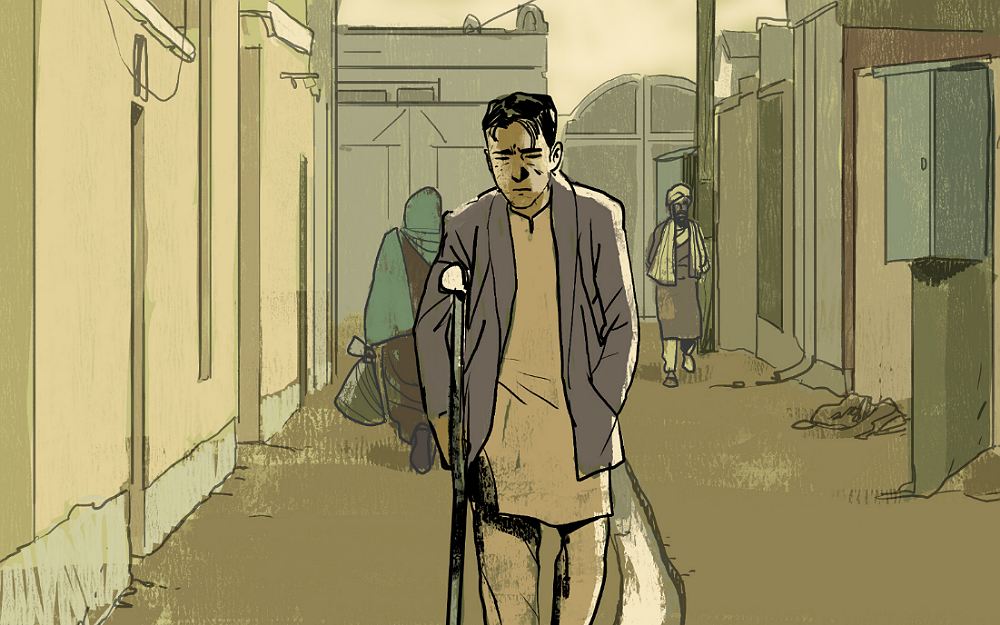
© 2019 John Holmes for Human Rights Watch
Because of where he lives, Arash said he is constantly confronted by the memories of the attack. “It happened in my street,” he said. “Every day, I have to pass through, and I remember the smoke, the ashes, the darkness and the sounds.” Adding to Arash’s concerns are his young family’s economic situation. Because of pain to his leg, he said he cannot work anymore, and he does not know how to feed his family. “I used to be very strong,” he said. “But now I feel like a half person.”
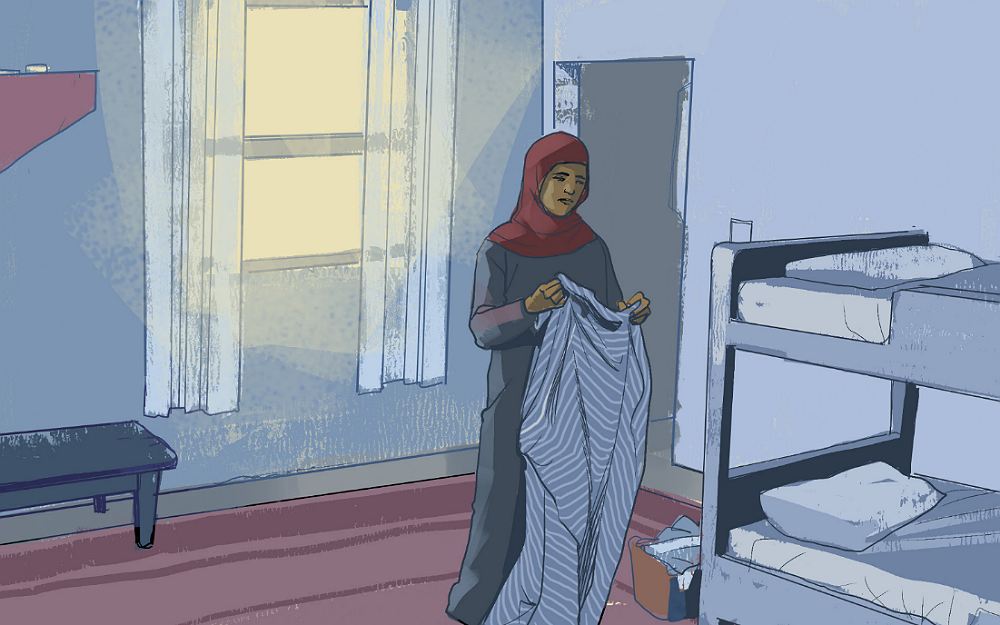
In a separate interview, Arash’s wife, “Mozhdah,” 26, said the attacks changed her life completely: “In the past, life was good,” she said. “Not anymore. I was pregnant for two months [when the second attack happened]. When I saw the injured body of my husband, I was shocked and lost the baby two days later.”
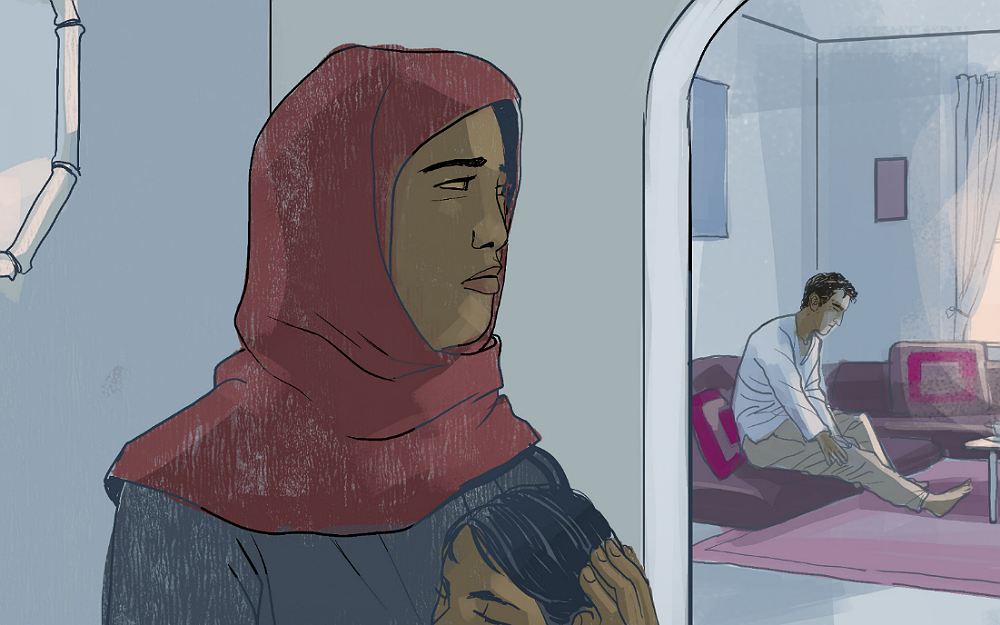
Adding to Mozhdah’s despair is her husband’s present psychological state: “Sometimes I feel bad, but I am forcing myself to manage the house and the children since my husband is sick,” she said. “When I get angry or sad or pressurized, I don’t enter the house because I don’t want him to feel bad.…I cannot breathe, I feel like I’m suffocating and just start to cry loudly. If I don’t, it feels like I cannot speak.”
The Afghan government is failing to provide sufficient psychosocial, or mental health, support to Afghans who have experienced traumatic events, Human Rights Watch said yesterday.
According to Human Rights Watch, more than half the Afghan population, including many survivors of conflict-related violence, struggle with depression, anxiety, and post-traumatic stress, but fewer than 10 percent receive adequate psychosocial support from the state, according to government documents. The Afghan government and international donors should expand mental health services and outreach campaigns.
Escaping from Scam Center on Cambodia’s Bokor Mountain
Young people being deceived into forced labor by criminal gangs, primarily involving illegal work in Chinese-controlled special zones in Cambodia, has become a pressing issue not only in Vietnam but across Southeast Asia.
UN Security Council Meets to Discuss Children and Armed Conflict
Vanessa Frazier, Permanent Representative of Malta to the United Nations, introduces a resolution at the Security Council meeting on children and armed conflict.
10 Shocking Revelations from Bangladesh Commission’s Report About Ex-PM Hasina-Linked Forced Disappearances
Macabre killings, casual torture, misdirection and snooping were part of “the anatomy of enforced disappearances” linked to deposed Bangladesh Prime Minister Sheikh Hasina, an inquiry commission said in its first report.
Migration Dynamics Shifting Due to New US Administration New Regional Laws
In 2024, there was a slowdown in the number of migrants traveling from Latin America to the United States, in part due to new policies and controls put in place in the so-called transit countries that migrants pass through on their way north. Migration dynamics are being reshaping by these measures as well as the new U.S. presidential administration’s promises of mass deportations.
UN Security Council Meets to Discuss the Maintenance of International Peace and Security and Artificial Intelligence
Antony J. Blinken, Secretary of State of the United States of America, chairs the United Nations Security Council meeting on Maintenance of International Peace and Security and Artificial Intelligence.
Winter Brings New Challenges for Residents living in Ukraine’s Donetsk Region
The front line is continually shifting in the Donetsk region of Eastern Ukraine, and Russian shelling is causing more and more damage to nearby cities.Active fighting is putting residents in danger in Dobropillia, while residents of Kostyantynivka, around 7 kilometers from the contact line, frequently have disruptions in heating fuel.
Permanent Representative of Israel Briefs Press at UN Headquarters
Danny Danon, Permanent Representative of Israel to the United Nations, briefs reporters prior to the United Nations Security Council meeting on the Middle East.
Hospitals Overwhelmed in Vanuatu as Death and Damage Toll Mounts from Quake
Vanuatu on Wednesday took stock of damage from a powerful 7.3 magnitude earthquake that killed at least 14 people and collapsed buildings in the capital, as the first trickle of international assistance began arriving in the disaster-prone Pacific nation.
RSS Error: WP HTTP Error: A valid URL was not provided.












